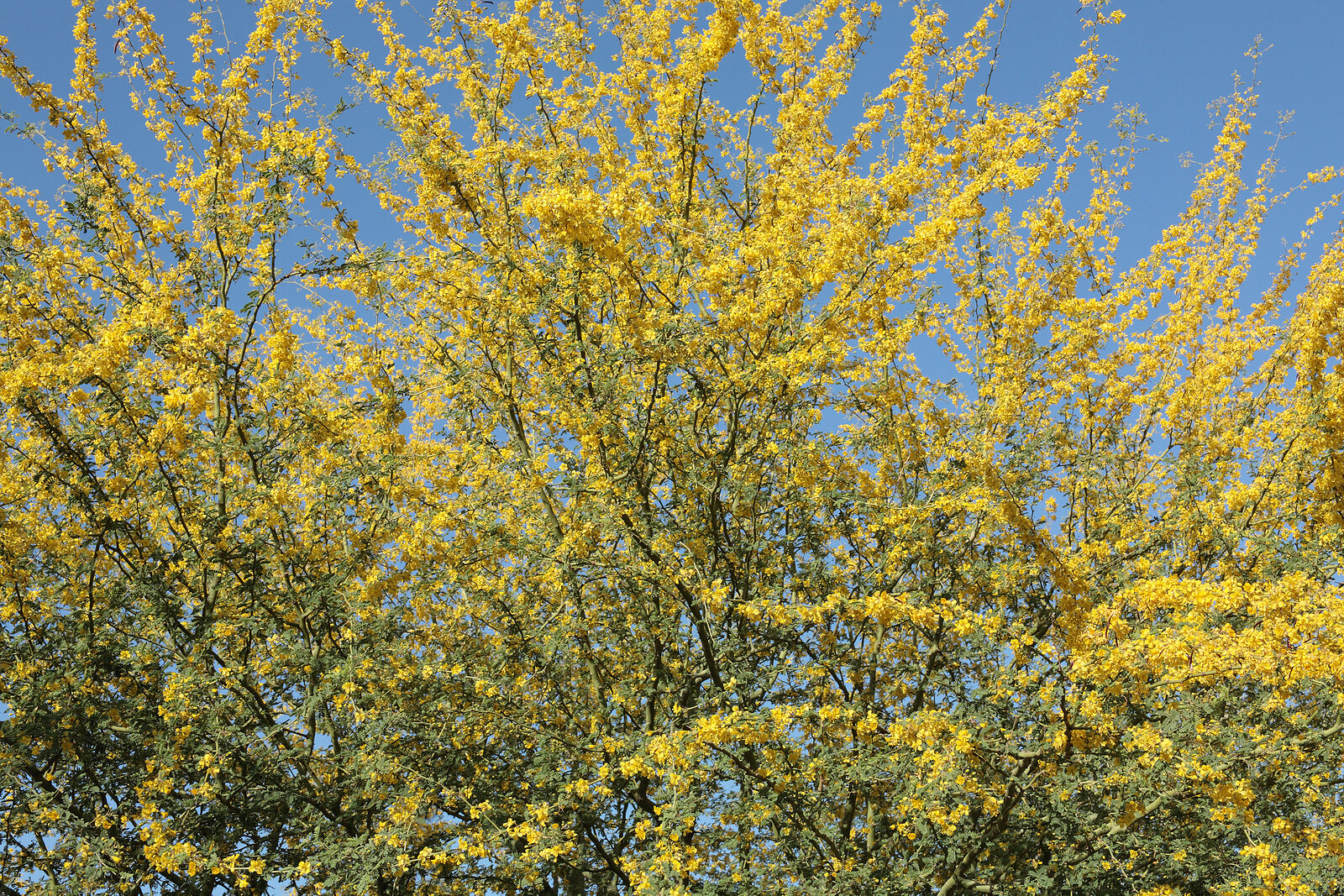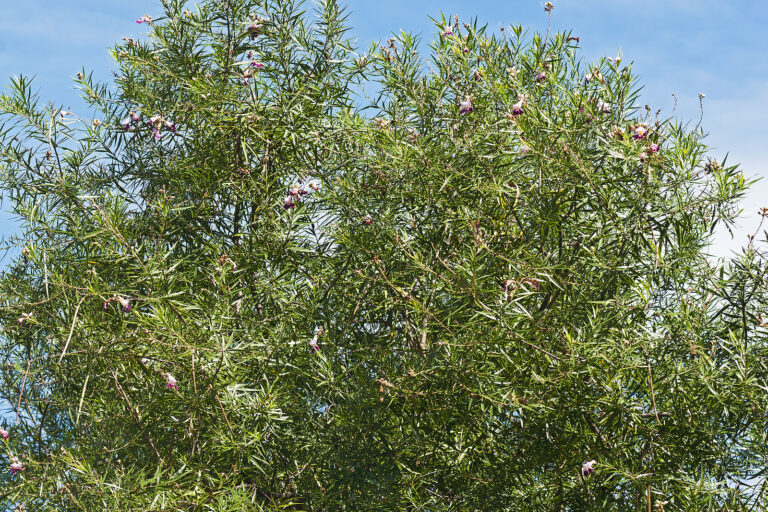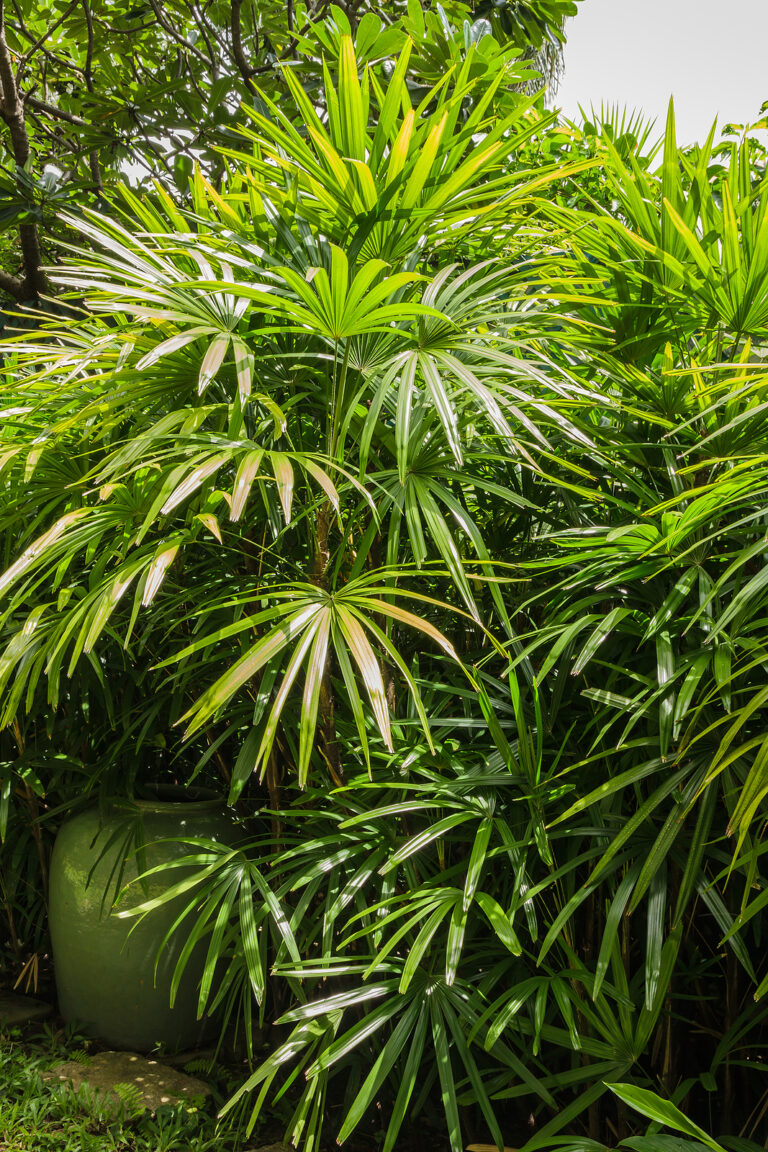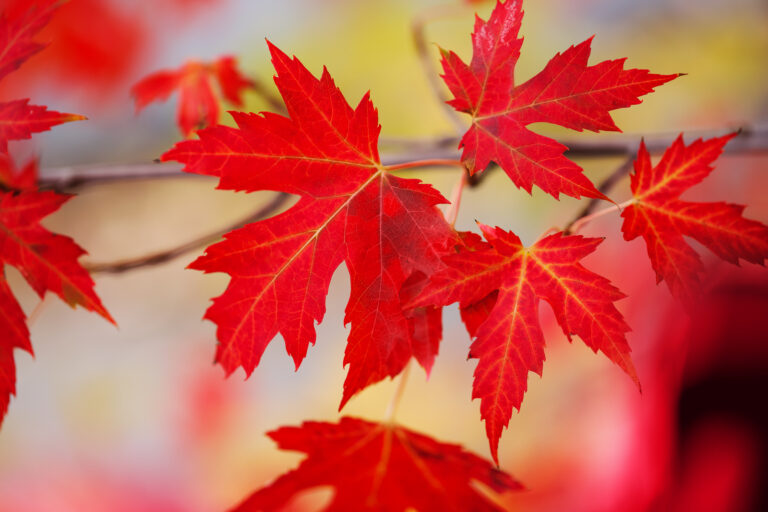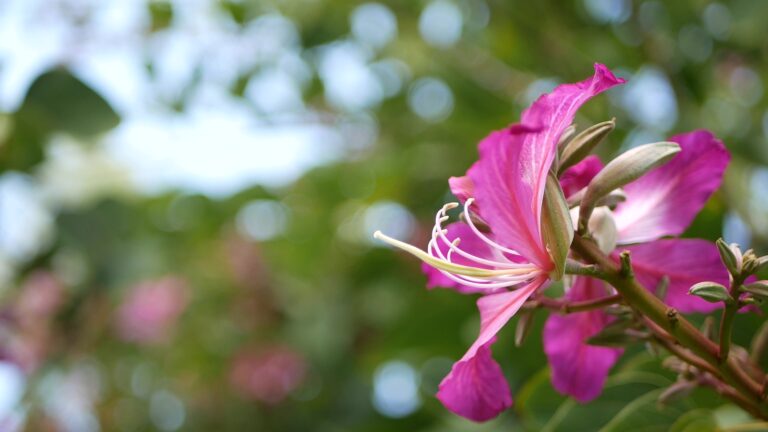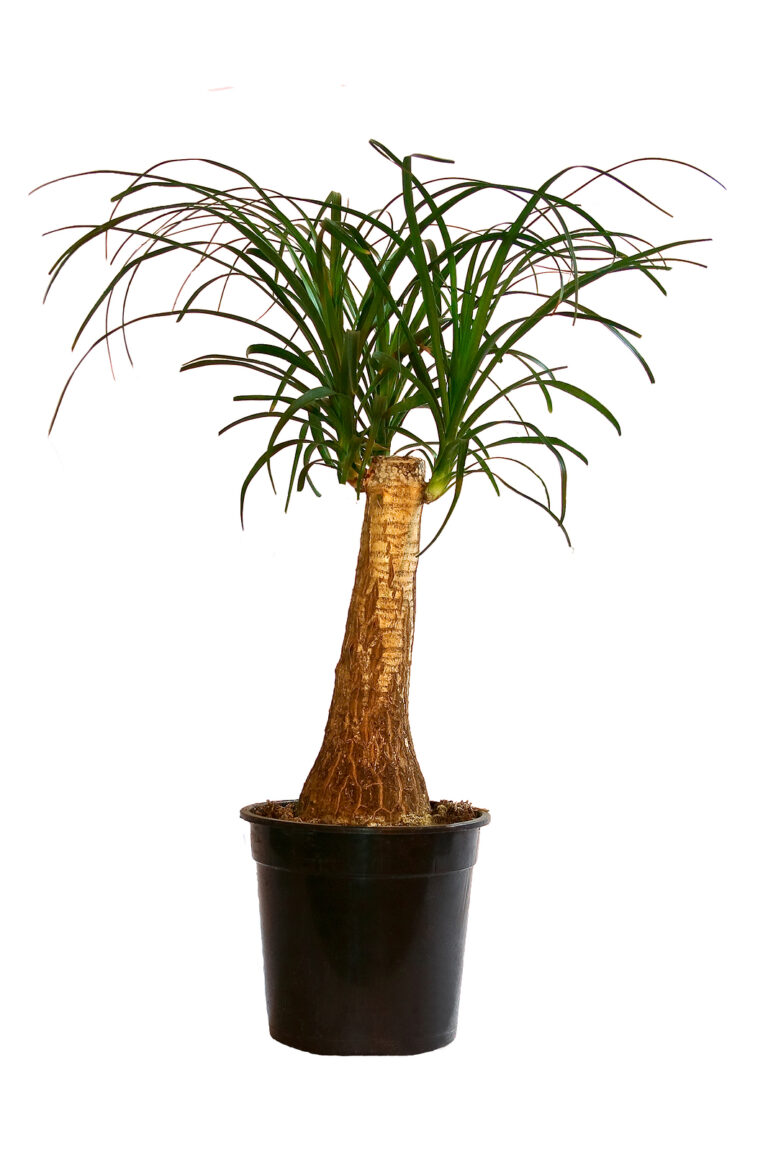How to Grow Palo Verde — Cercidium
Cercidium–commonly called Palo Verde–is a deciduous tree usually with smooth green bark. The common name Palo Verde is Spanish for “green tree.”
Cercidium is an open, airy tree with mid-green leaflets. It admits light and gives dappled shade. Cercidium bears clusters of yellow flowers in spring. The petals are short and claw-like.
Cercidium needs moderate, regular water to become established. Once established it is drought tolerant. It is often grown as a hedge or screening plant in arid, desert regions.
There are about 12 species in the Cercidum genus. Many Cercidium species are synonymous with the species in the Parkinsonia genus. See Parkinsonia.
Get to know Cercidium
- Plant type: Deciduous tree
- Growing zones and range: Zones 8 to 11
- Hardiness: Hardy to Zone 8
- Height and width: 25 feet (8m) tall and 15 to 20 feet (5-6m) wide
- Foliage: 2-pinnate, mid-green leaves 6 to 8 inches (15-20cm) long; 2 to 8 leaflets are sliglty hairy; Cercidium is leafless most of the year
- Flowers: Corymbs of yellow flowers to 3/4 inch acroos blotched red at the fase.
- Bloom time: Spring and summer
- Fruit: Oblong, flat, straing or curved fruit to 3 inches (8cm) long
- Uses: Screen, hedge, shrub border; specimen plant in lawn
- Common name: Palo Verde
- Botanical name: Cercidium
- Family name: Fabaceae
- Origin: Deserts of Califnornia and Arizona
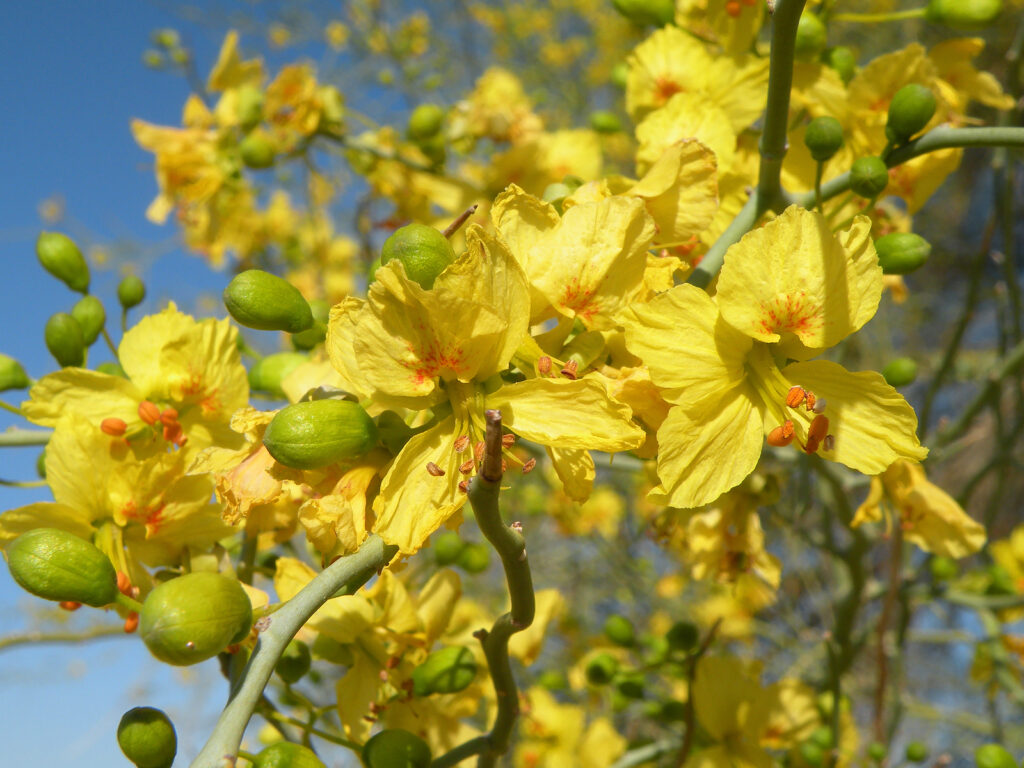
Where to plant Cercidium
- Plant Cercidium in full sun.
- Plant Cercidium in dry, fertile, well-drained soil; tolerates alkaline soil.
When to plant Cercidium
- Set container-grown Cercidium in the garden in spring or autumn.
- Sow Cercidium seed at 64-70°F (18-21°C) in spring.
Planting and spacing Cercidium
- Space Cercidium 15 to 20 feet (5-6m) apart.
How to water and feed Cercidium
- Give Parkinsonia regular, moderate water when young; once established Cercidum needs little water and is drought-tolerant.
- Feed Cercidium with an balanced all-purpose organic fertilizer in spring. Water
Cercidium care
- Prune young Cercidium in spring; requires minimal attention once established.
- Cercidium can withstand shearing well; the flowering branches can be cut for use as indoor decorations.
Cercidium pests and disease
- Cercidium are susceptible to attacks by gals and spider mites.
- Mushroom root rot, dieback, and some leaf spots can be problems.
Cercidium propagation
- Sow seed at 64-70℉ (18-21℃) in spring.
Cercidium varieties to grow
- Cercidium floridum (C. torreyanum also Parkinsonia floridum) Blue Palo Vere. Grows to 30 feet tall and wide quickly; blue-green foliage; spiny bluish-green branches; bright yellow flowers in clusters.
- C. microphyllum, Littleleaf Palo Verde. Similar to C. floridum but bark and leaves are yellowish-green; flowers are pale yellow in clusters.
- C. texanum, Texas Palo Verde. Grows 15 to 25 feet tall and 15 to 20 feet wide; smooth green bvark; clusters of yellow flowers in spring.

